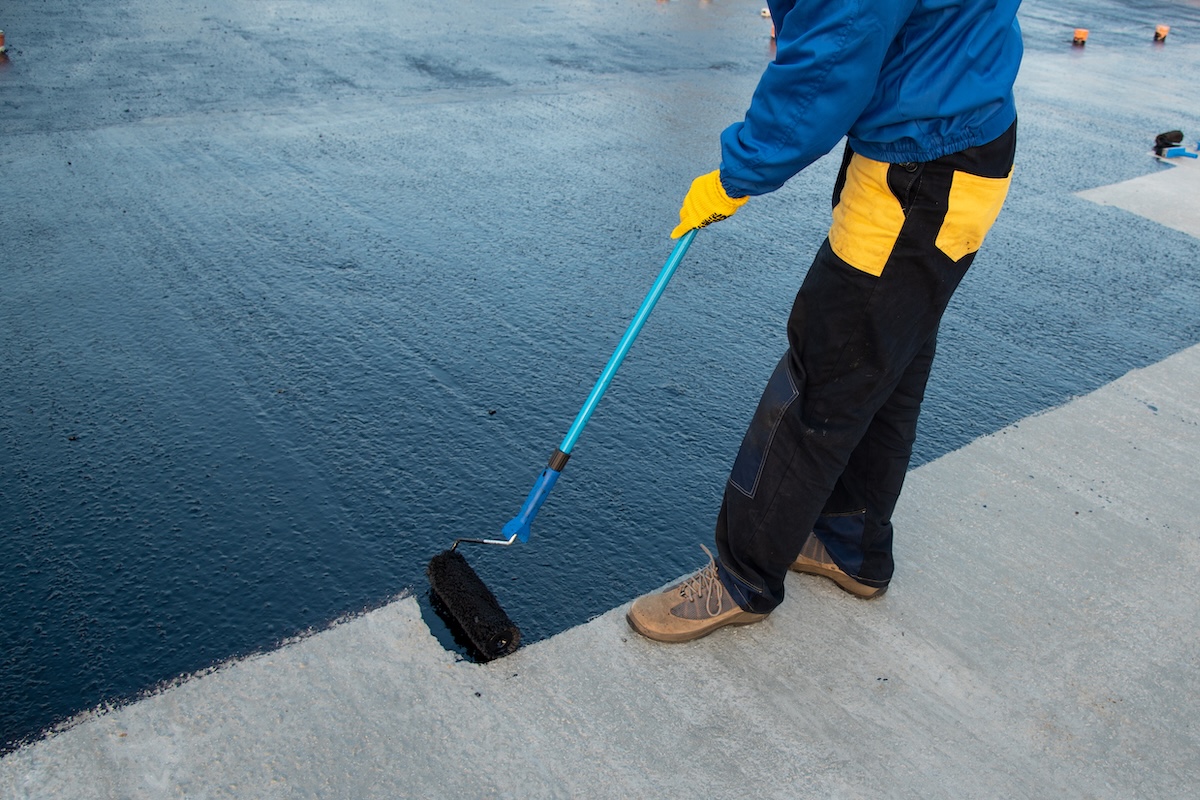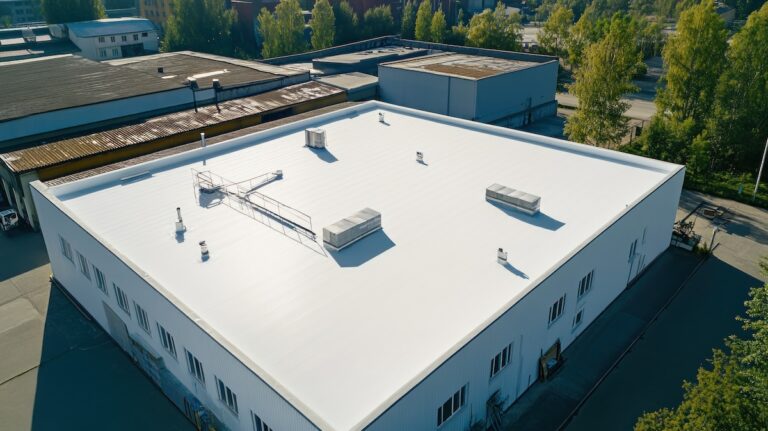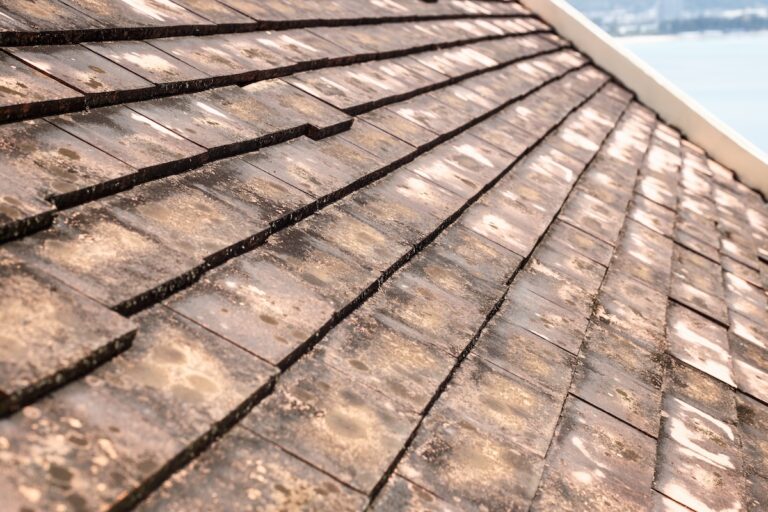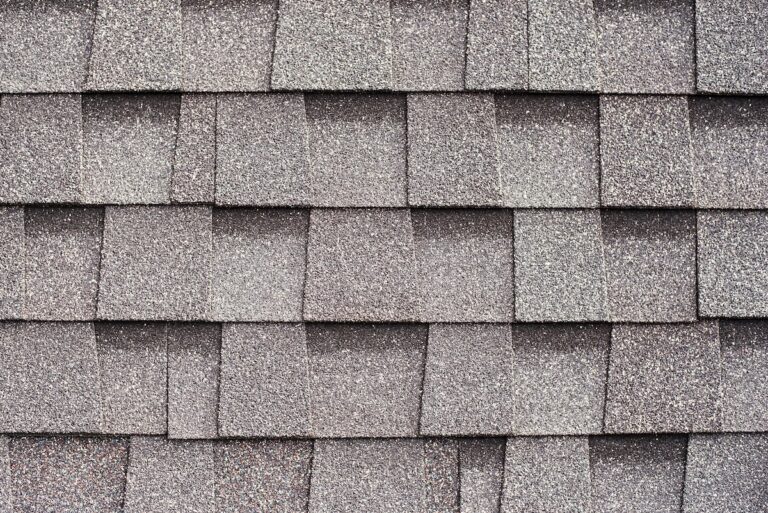If you’re considering flat roofing options for your home or commercial property, you may come across modified bitumen roofing, commonly known as torch-down roofing. While it was once a go-to solution for low-slope roofs, today it’s clear that torch-down is not the preferred method. Between safety risks, poor environmental performance, and outdated technology, it simply doesn’t hold up against modern alternatives.
This blog outlines safer, more reliable options available for flat or low-slope roofs.
What Is Modified Bitumen (Torch‑Down) Roofing?
Modified bitumen is an asphalt-based material combined with rubber-like polymers (usually SBS or APP). Installed in layers, these membranes are often applied using open-flame torches—hence the term “torch-down.”
Torching seams allows installers to melt and adhere the membrane to the roof deck. While this method may initially create a watertight bond, it comes with serious risks and drawbacks.
At G. Cannon, we discourage the use of torch-down roofing for residential or commercial properties. Here’s why.
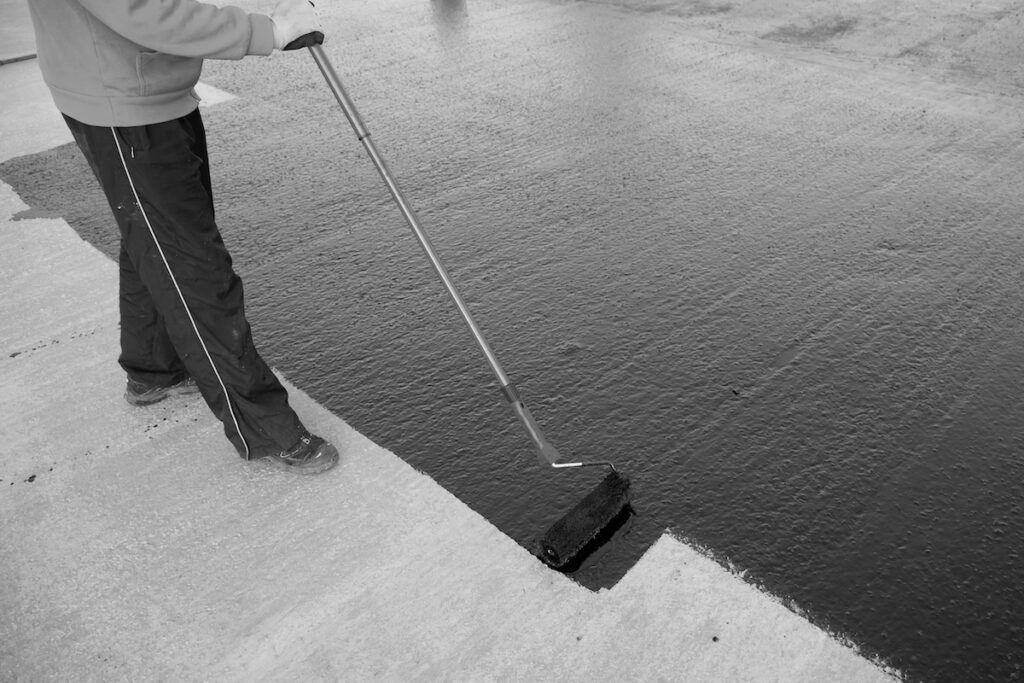
The Major Risks of Torch‑Down Roofing
🔥 High Fire Risk During Installation
Torch-down requires the use of propane torches and open flames. That means the installer is literally applying fire to your roof during installation. If the substrate is wood, insulation is exposed, or the job site contains debris, one wrong move can lead to disaster.
- Fact: Insurance claims from torch-down fires have led many contractors and insurers to move away from the method entirely.
😷 Fumes and Health Concerns
The heating of asphalt-based materials releases toxic fumes, including VOCs (volatile organic compounds). These chemicals can cause respiratory issues for installers and building occupants if not properly ventilated.
- Fact: Exposure to fumes like benzene, formaldehyde, and toluene during torching has been linked to short- and long-term health risks.
🚫 Environmental Impact
Torch-down roofing is petroleum-based, non-recyclable, and prone to ending up in landfills. The use of flame, fuel, and off-gassing during installation only adds to its environmental footprint.
- Fact: Many municipalities now prefer cold-applied or mechanically fastened roofing systems for LEED compliance and environmental safety.
Why Torch‑Down Doesn’t Hold Up Long Term
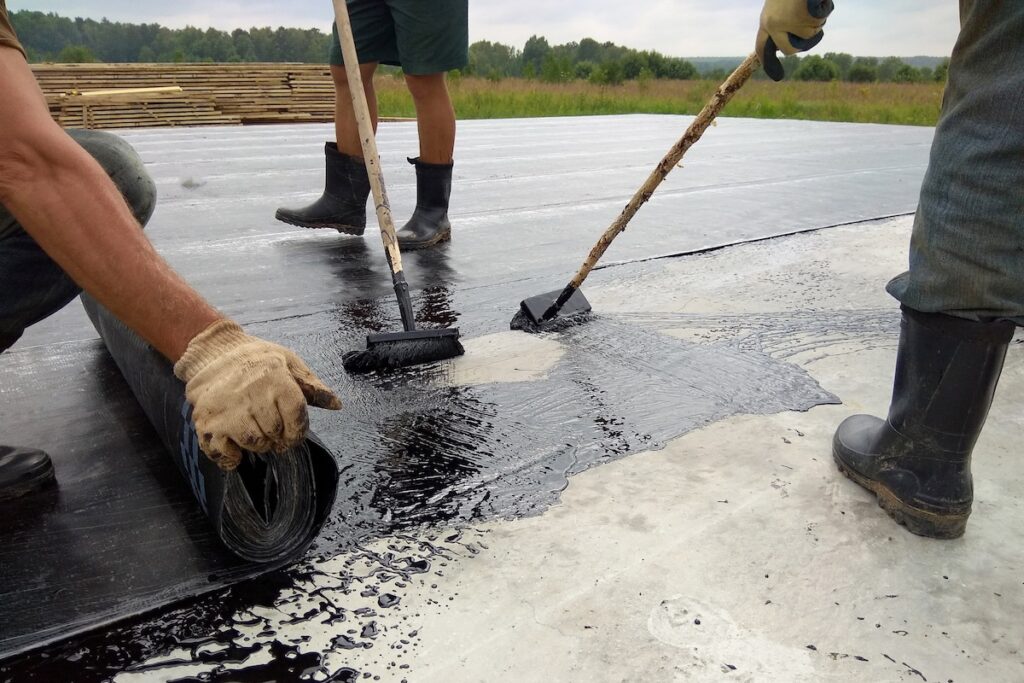
Cracking, Blistering, and Alligatoring
Over time, UV exposure, thermal expansion, and moisture can cause the surface of a torch-down roof to deteriorate. This often leads to what’s called “alligatoring”—a cracked, blistered texture that weakens the membrane.
- Impact: Cracks open pathways for water, resulting in leaks, mold, and rot.
Vulnerable to Impact and Foot Traffic
Torch-down may seem durable, but it doesn’t hold up well under heavy use. Tools, falling branches, or even routine foot traffic can puncture the membrane—especially near seams or laps.
- Impact: This often leads to patchwork repairs and shortens the roof’s lifespan.
Seam Failures and Water Intrusion
Improperly torched seams or aging adhesive layers can separate over time, allowing water to seep into the underlying roof deck.
- Impact: Moisture can damage insulation, lead to structural rot, and create the need for costly tear-offs and replacement.
What Makes Modern Flat Roofing Systems Better?
Today’s flat roofing systems are designed with performance, safety, and sustainability in mind. Unlike outdated torch-down methods, modern materials don’t rely on flames or hazardous chemicals during installation. That’s why we never recommend torch-down, especially when options like TPO, EPDM, and PVC offer better long-term protection, easier maintenance, and safer installation.
TPO (Thermoplastic Polyolefin)
- Heat-reflective: Lowers building temperatures and reduces energy use, which can improve HVAC efficiency and reduce utility bills.
- Cold-welded seams: Fused without flames for leak-proof performance and long-term durability, even under thermal stress.
- Strong warranties: TPO roofs often last 20–30 years with minimal maintenance when installed by a qualified contractor.
EPDM (Rubber Membrane)
- Proven longevity: Some EPDM roofs have lasted over 40 years with routine maintenance and proper installation techniques.
- Affordable installation: Lower labor costs compared to torch-down, with fewer safety concerns and faster project timelines.
- Resistant to ozone, UV, and hail: EPDM can stretch and recover in extreme weather, making it ideal for harsh climates.
PVC (Polyvinyl Chloride)
- Chemical resistance: Great for restaurants, factories, warehouses, or buildings with grease, exhaust, or chemical exposure.
- Welded seams: Heat-welded joints create watertight seals without flame, lowering risk and increasing reliability.
- Recyclable: Many PVC products meet modern sustainability standards and offer eco-conscious disposal options at end-of-life.
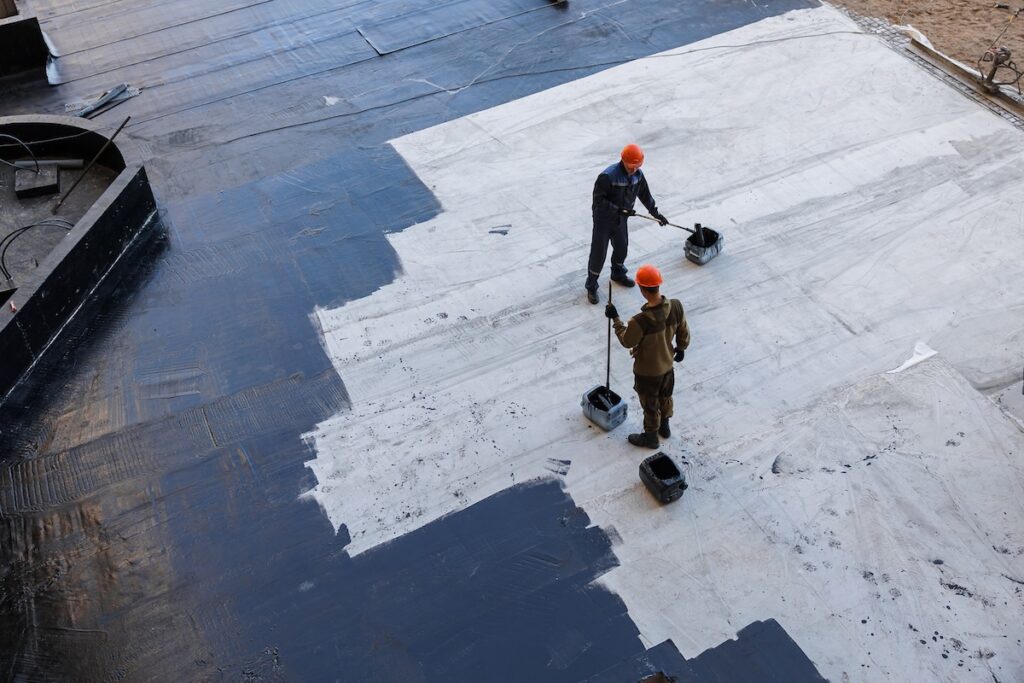
When Flame-Free Roofing Really Matters
If your roof is shared with HVAC units, skylights, or solar equipment—or if it’s frequently accessed—torch-down creates too much risk. Here’s when a flame-free, modern system is a no-brainer:
- Commercial buildings with rooftop units
- Residential additions or sunrooms with wood framing
- Schools, hospitals, or facilities requiring low VOCs
- Structures in wildfire-prone areas
Our Professional Recommendation
We get it—modified bitumen was widely used for decades. But as roofing technology evolves, our standards have to evolve too. At G. Cannon, we no longer install torch-down systems and advise our clients to choose safer, longer-lasting alternatives.
Our team specializes in flat and low-slope roofing solutions that offer:
- Flame-free installation
- Code compliance and permitting support
- Manufacturer-backed warranties
- Energy efficiency and environmental responsibility
- Peace of mind for decades
Say Goodbye to Torch‑Down and Hello to Smart Roofing
Modified bitumen and torch-down roofing may have had their moment, but that time has passed. Today, they represent unnecessary risk, outdated methods, and increased maintenance costs. At G. Cannon, we believe you deserve better.
Let us help you find a modern roofing solution tailored to your property’s needs. Contact G. Cannon today for a free flat roof estimate and expert guidance on choosing the right system, without the torch.
